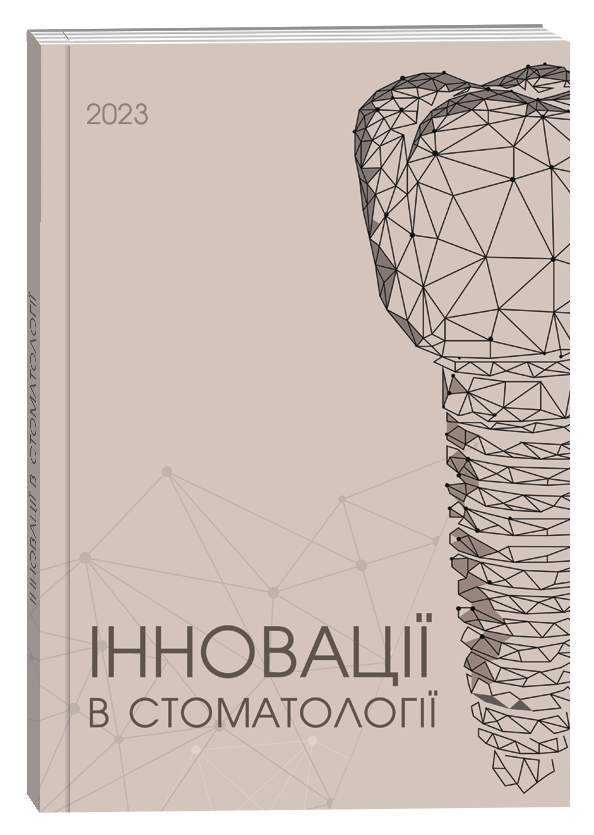X-RAY DIAGNOSTICS OF CERVICAL SPINE CURVATURE IN ORTHODONTICS
DOI:
https://doi.org/10.35220/2523-420X/2025.1.28Keywords:
cervical spine, malocclusion, lateral cephalometry, Cobb angle, sagittal vertical axis, lordosisAbstract
The cervical spine holds the head’s weight and has the biggest range of movements in the whole spine.Postural disorders of the neck and head are one of the main causes of myofunctional disorders in the craniofacial region. The aim of the study. To analyze the existing radiological methods of cervical spine curvature assessment used in orthodontic practice. Material and methods of the study. To analyze relevant articles, a web search was conducted in electronic databases of medical publications on this topic. Outline of the main material. Changes in one segment of the spine can have consequences anywhere in the myofascial chain. Usually, low body muscle tone is characteristic of a forward head posture (cervical hyperlordosis and extension of the head).The spine has moderate physiological curves: cervical and lumbar lordosis, thoracic and sacral kyphosis.In orthodontic pathology, the curvature of the neck towards the face is usually pathological. To identify misalignment of the cervical column, lateral cephalograms of the head and neck are usually used. The most common methods for evaluating the sagittal alignment of the cervical spine are the Cobb angle C2–C7 and the sagittal vertical axis (SVA). The article describes the methods of measuring these indicators and others (Jackson’s physiological stress lines, Harrison’s posterior tangent method, cervical and cranial tilt angles). Conclusions. Despite the fact that cephalometric studies provide 2-D measurements, these X-ray methods are reliable tools for detecting the position of the cervical spine alignment in the orthodontist’s practice.
References
Yuceli Ş. & Yaltirik C. K. Cervical spinal alignment parameters. Journal of Turkish Spinal Surgery. 2019. No. 30. P. 181–186. URL: https://cms.galenos.com.tr/Uploads/Article_27969/jtss-30-181-En.pdf
Peng H., Liu W., Yang L., Zhong W., Yin Y., Gao X. [et al.]. Does head and cervical posture correlate to malocclusion? A systematic review and meta-analysis. PLoS ONE. 2022. No. 17(10). P. 1–16. doi: 10.1371/journal.pone.0276156
Zokaitė G., Lopatiene K., Vasiliauskas A., Smailiene D. & Trakinienė G. Relationship between Craniocervical Posture and Sagittal Position of the Mandible: A Systematic Review. Applied Sciences. 2022/ No. 12(11). 5331. doi: 10.3390/app12115331
Salagnac Jean-Michel. Cephalometric analysis of the cervical spine. J Dentofacial Anom Orthod. 2010. Vol. 13. No. 1. P. 94–95. doi:10.1051/odfen/2010109
Martini M. L., Neifert S. N., Chapman E. K., Mroz T. E. & Rasouli J. J. Cervical Spine Alignment in the Sagittal Axis: A Review of the Best Validated Measures in Clinical Practice. Global Spine Journal. 2021. No.11(8). P. 1307–1312. doi:10.1177/2192568220972076
Shi H., Chen L., Zhu L., Jiang Z. L. & Wu X. T. Instrumented fusion versus instrumented non- fusion following expansive open-door laminoplasty for multilevel cervical ossification of the posterior longitudinal ligament. Archives of Orthopaedic and Trauma Surgery. 2023. No. 143(6). P. 2919–2927. doi:10.1007/s00402-022-04498-y








